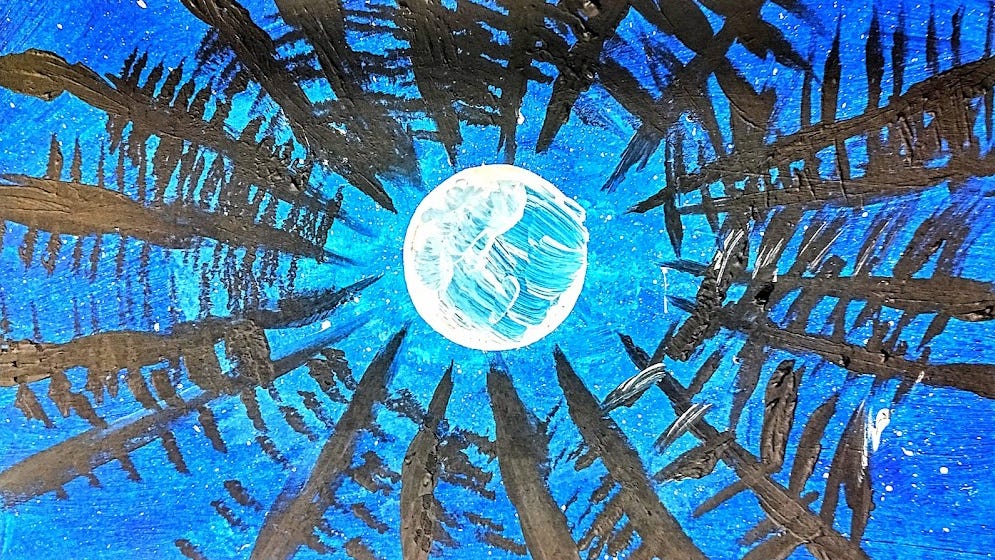How & Why You Should Teach Your 7 year old Astrophysics
When I tell people that I’m teaching a cohort of elementary kids about Biomimicry, Structural Engineering, Plate Tectonics, & Natural Selection, I get some skeptical looks. “They’re too young. They don’t actually understand that.” Adults seem to think it’s not worth their time to discuss these topics with children. But they would be wrong.
The technique of introducing complex topics in small, easy pieces that slowly build over time is called Spiral Learning. It harnesses the way the brain learns best: slowly & iteratively. Think about a child learning to walk. They start by learning to move their legs. Every day they get better at just this one small thing. Then, they learn to roll, then crawl, then finally to walk. Every day they practice. Every day they get just a small bit better.
When you teach your young child about Astrophysics (like you will do in today’s lesson), you are planting a seed. A seed that will grow slowly over years. Will your child fully grasp this concept today? No. But every time they hear the idea, it will become more clear and more deeply understood. Until one day, it all clicks into place. Spiral Learning asks you to trust your children with advanced knowledge.
Let’s go through how I used this concept to teach a group of 5-11 year olds Astrophysics this week.
Become a paid subscriber to read on. The annual membership is on sale for the summer $5/month — cheaper than one (1!) box of crayons.



